Unlike other forms of automation, collaborative robots are designed to work safely alongside their human co-workers in a shared, collaborative environment. Typically, collaborative robots tackle monotonous, repetitive tasks which then allows human workers to handle more complex, mentally- stimulating tasks. Collaborative robots are designed to perform the tasks that their human counterparts find boring dependably and accurately. Read More…
A recognized leader in automated assembly products. Stay competitive with Dixon's robotic screwdrivers, auto-fed screw & nut drivers, auto-fed part placers, parts feeding systems & assembly cells, including robotic assembly & vision. Every Dixon product is manufactured to assure accuracy & dependability for repetitive assembly. Dixon supports Machine Integrators with assembly products & stations. ...
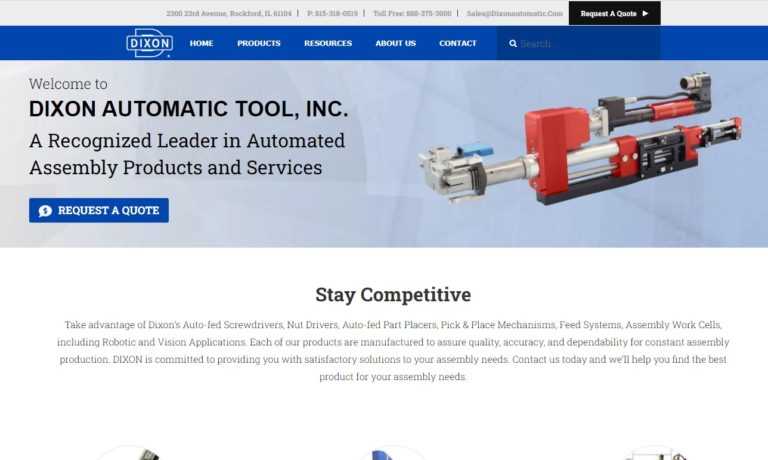
Invio Automation is a leading comprehensive AGV, AMR, and robotics integrator with 10 engineering and support sites throughout North America. We specialize in heavyweight and assembly line applications.

Advent design has been in business for over 35 years providing custom automation solutions, engineering, integration solutions and machine safety services. Contact us today to discuss your project needs and see how we can help you achieve your goals.
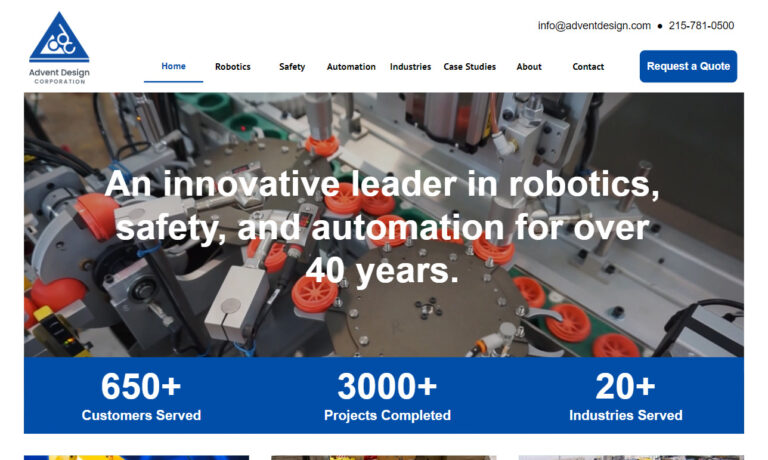
Since 1982, Isotech has been a leader in the automation equipment industry. You can trust the accuracy of our solutions. Our experts at Isotech are always available to assist you with your needs. Feel free to contact us today to learn more information!
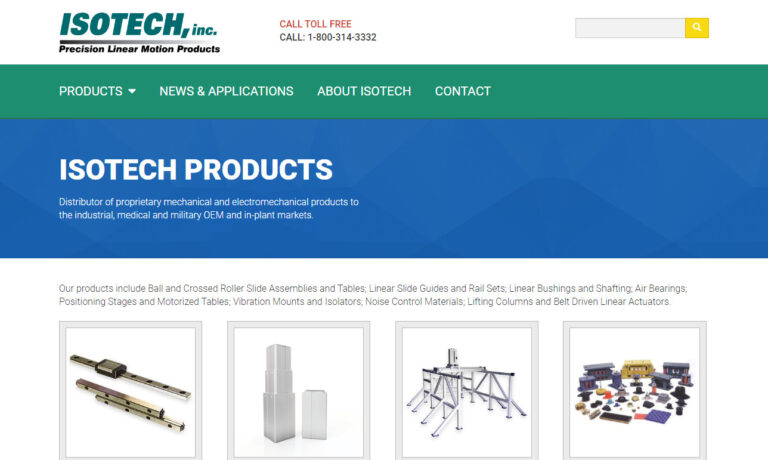
We have an extensive selection of products to pick from and we are confident we can find the perfect solution for your application. Our world-class items are proven for reliability and longevity. You can count on us to supply you with the best.
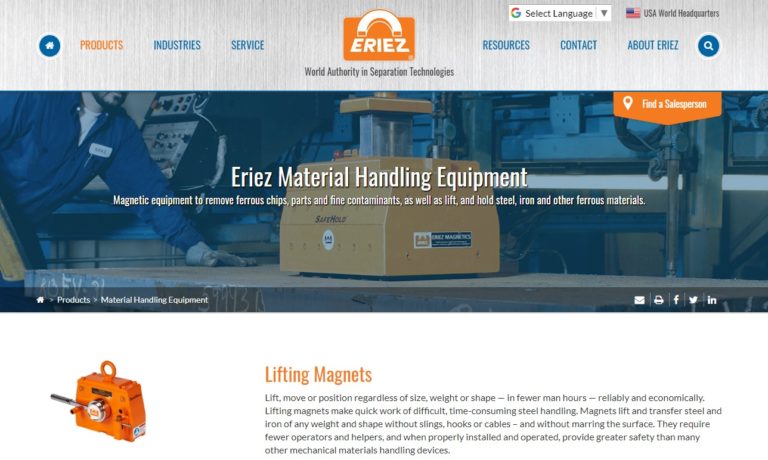
Del-Tron Precision is your one-stop shop for ball & crossed roller slides, multi-axis positioning and motor-ready lead screw stages, air actuators, recirculating slide guides and crossed roller rail sets. Custom linear slides are available.
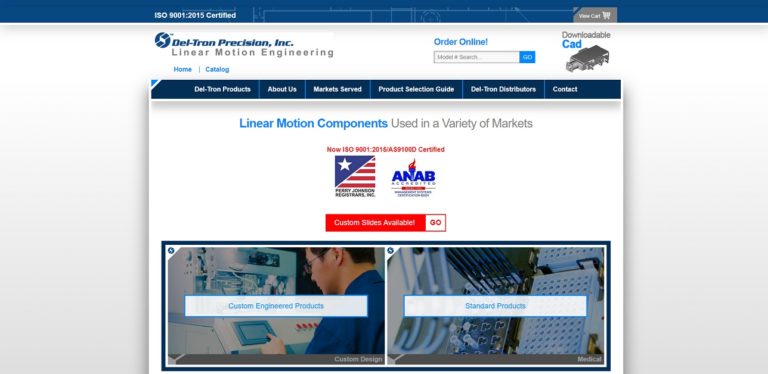
More Collaborative Robot Manufacturers
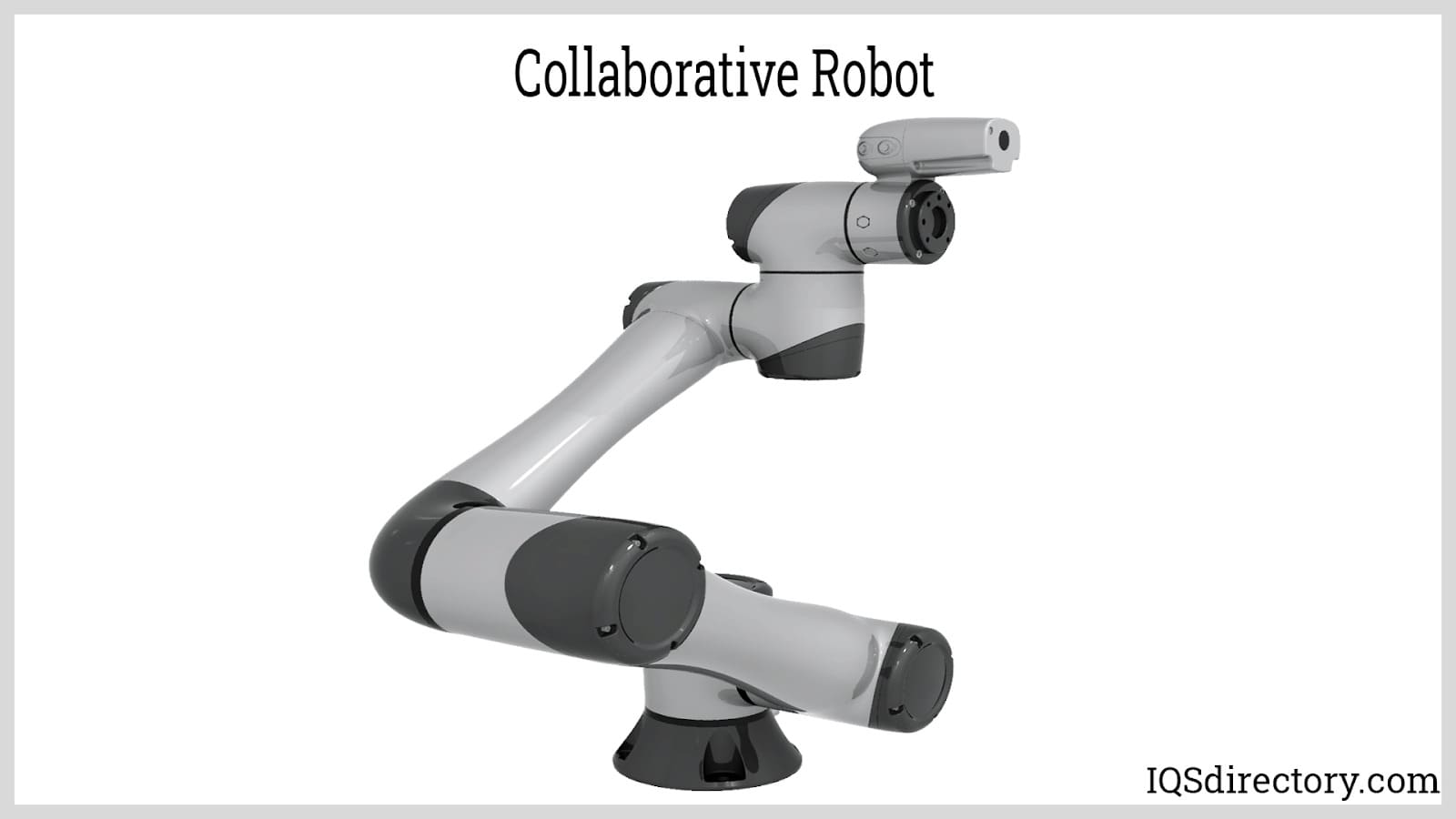
Collaborative robot concepts differ greatly from industrial robots ideas. Collaborative robots are primarily designed for safety, which is why they feature smoothed edges, limited strength and power, and are light in weight. In addition, most collaborative robots have several sensors to avoid accidents with human employees and safety processes to shut down if any unforeseen interaction occurs.
Robotic automation’s capacity to work collaboratively with people substantially increases their potential. Therefore, as more and more sectors see the benefits of this technology, the market for collaborative robots will rise rapidly.
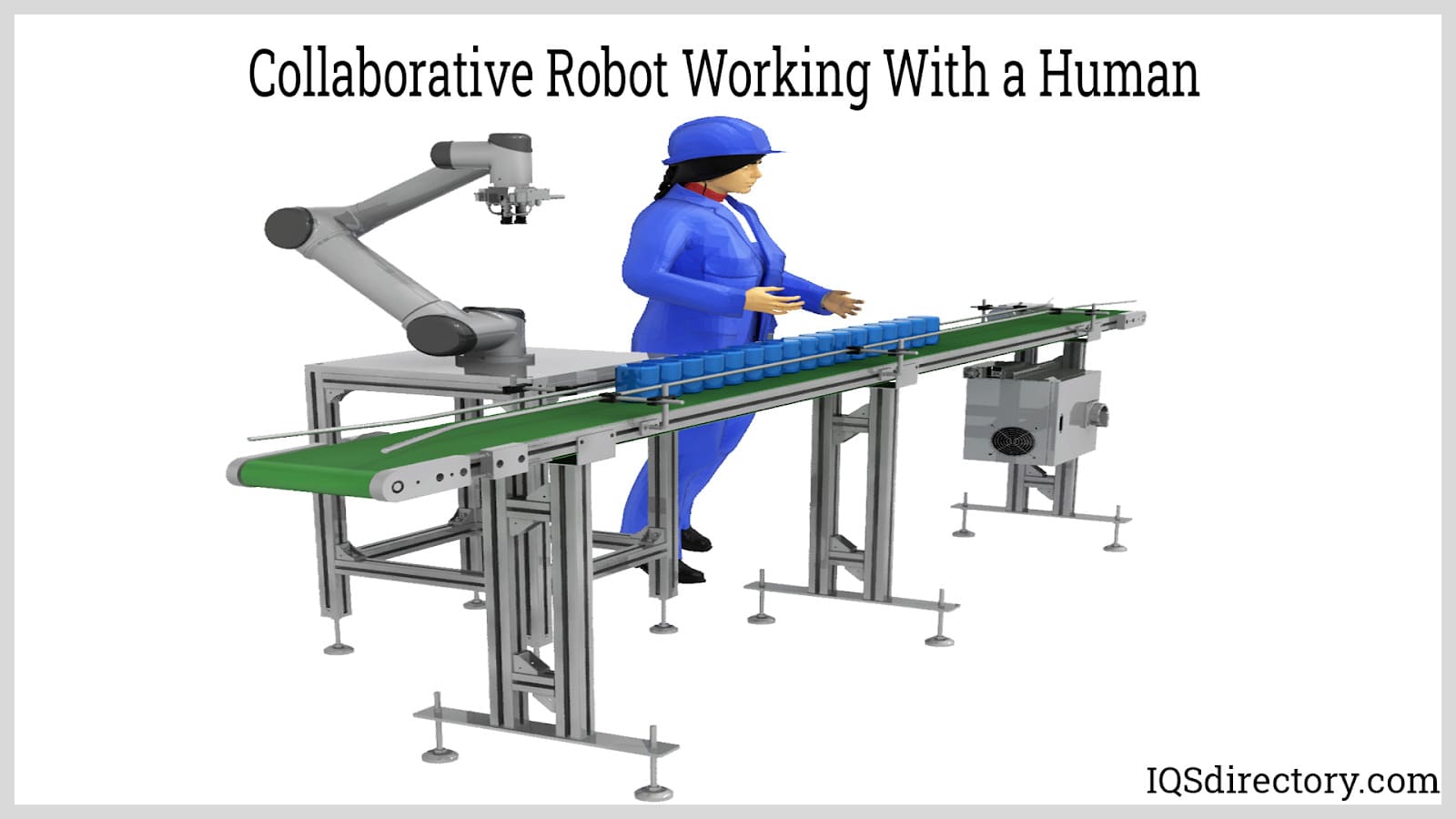
Industrial Application of Collaborative Robots
Collaborative robots are a perfect answer in various sectors and applications due to their adaptability and affordability. Industries that most frequently employ collaborative robots today include:
- Plastics Manufacturing
- Food and Agriculture
- Metal Fabrication
- Packing and Packaging
- Furniture and Equipment Manufacturing
- Automotive
- Electronics
- General Manufacturing
- Pharmaceutical and Chemical Manufacturing
- Scientific Research
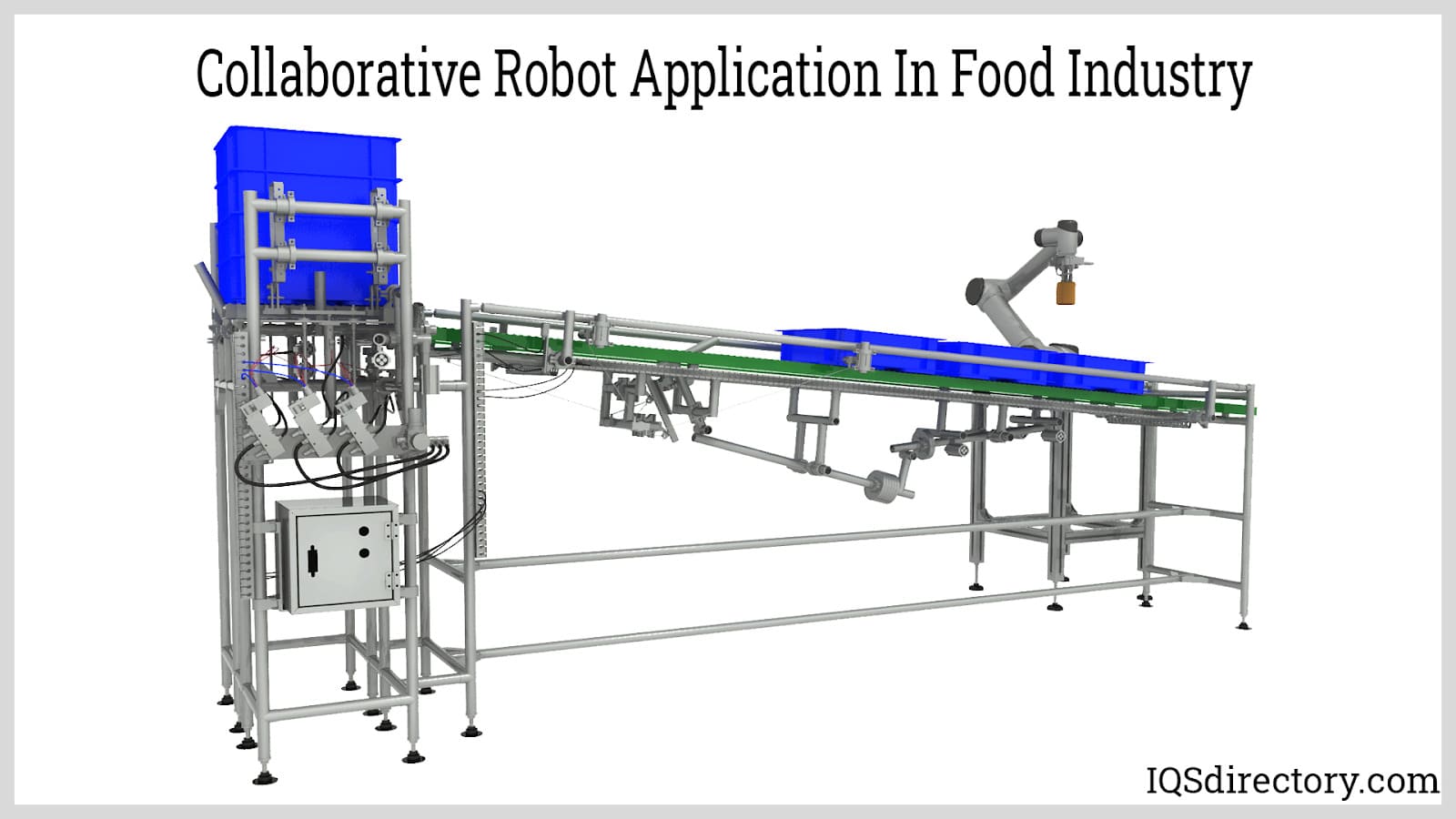
Many alternative strategies are used to deploy collaborative robots. Collaborative robots operate in situations where industrial robots cannot work safely with people. Sales volumes increase as collaborative robot technology develops and more companies become aware of the productivity advantages of these robots. Collaborative robots have huge business potential both inside and outside of manufacturing environments.
Benefits of Collaborative Robots
As opposed to industrial robots, collaborative robots can be used in different settings and offer various advantages. For example, collaborative robots are typically chosen by robot users who prioritize safety, flexibility, affordable deployment, and quick return on investment. We examine these benefits in greater detail below.
Safety: The risk of accidents and injuries is reduced in the workplace thanks to collaborative robots. A collaborative robot is outfitted with sensors to prevent collisions, equipped with minimal force and strength, features smooth edges and electronic shock protection, and exhibits passive compliance in the event of unintentional contact during applications that call for both robot and human involvement. Improved safety increases productivity and lowers operational costs for a company.
Flexibility: Collaborative robots are simple to program, even for employees with no experience with robotics. A robot can often be instructed on how to carry out a new task simply by moving its arm to a necessary location. As a result, collaborative robots can automate numerous tasks with minimal downtime. The initial cost of automation is reduced by this flexibility, which also directly raises ROI (return on investment) and productivity.
Low-Cost Deployment: A collaborative robot's simple programming decreases the time and resources needed for integration, lowering its automation investment. In addition to already having safety characteristics, collaborative robots don't need fences or other accompanying industrial safety equipment, which reduces deployment costs and speeds up integration. As a result, collaborative robots are much more affordable to a wider client base than industrial robots, at least when compared to the cost of deployment.
Easy to Set Up: Contrary to their industrial-grade big siblings, collaborative robots are typically small and easy to use. Collaborative robots can be set up with little to no programming knowledge. Employee training to utilize and program this equipment will be simple as a result. Some businesses may even deploy these fully-functional robots in as little as a few weeks. Industrial robots, on the other hand, take months to set up and require professionals to customize them for daily use.
Versatility: Collaborative robots are made to handle a variety of jobs. Workers can quickly program packing bots to do labeling or inspection tasks, for example, as long as the appropriate programming is available. Some collaborative robots are also designed to be portable, making it simple to move them to assist another location. Collaborative robots function considerably more simply than their industrial counterparts, which require significant modifications to their software and hardware to be recycled for new uses.
Employee Empowerment: Primary workplace injuries are caused by repetitive actions and include hernias, back discomfort, and carpal tunnel syndrome. Collaborative robots can quickly replace employees' repetitious physical labor. As a result, employees won't just have more time to concentrate on creative projects, they'll also use fewer sick days due to workplace accidents.
Disadvantages of Collaborative Robots
- Collaborative robots require human supervision and support to function.
- Collaborative robots feature limited payload, speed, accuracy, and reach.
- Collaborative robots are weaker than industrial robots.
- Collaborative robots are not appropriate for high-speed and high-payload applications.
- To ensure safety measures, a comprehensive risk assessment is required before deploying any collaborative robot.
Choosing the Right Collaborative Robots Company
To make sure you have the most constructive outcome when purchasing Collaborative Robots from a Collaborative Robots Manufacturer, it is important to compare at least 6 Suppliers using our Collaborative Robots directory. Each Collaborative Robots Manufacturer has a business profile page that highlights their areas of experience and capabilities and a contact form to directly communicate with the manufacturer for more information or request a quote. Review each Collaborative Robots business website using our patented website previewer to get an idea of what each company specializes in, and then use our simple RFQ form to contact multiple Collaborative Robots businesses with the same message.

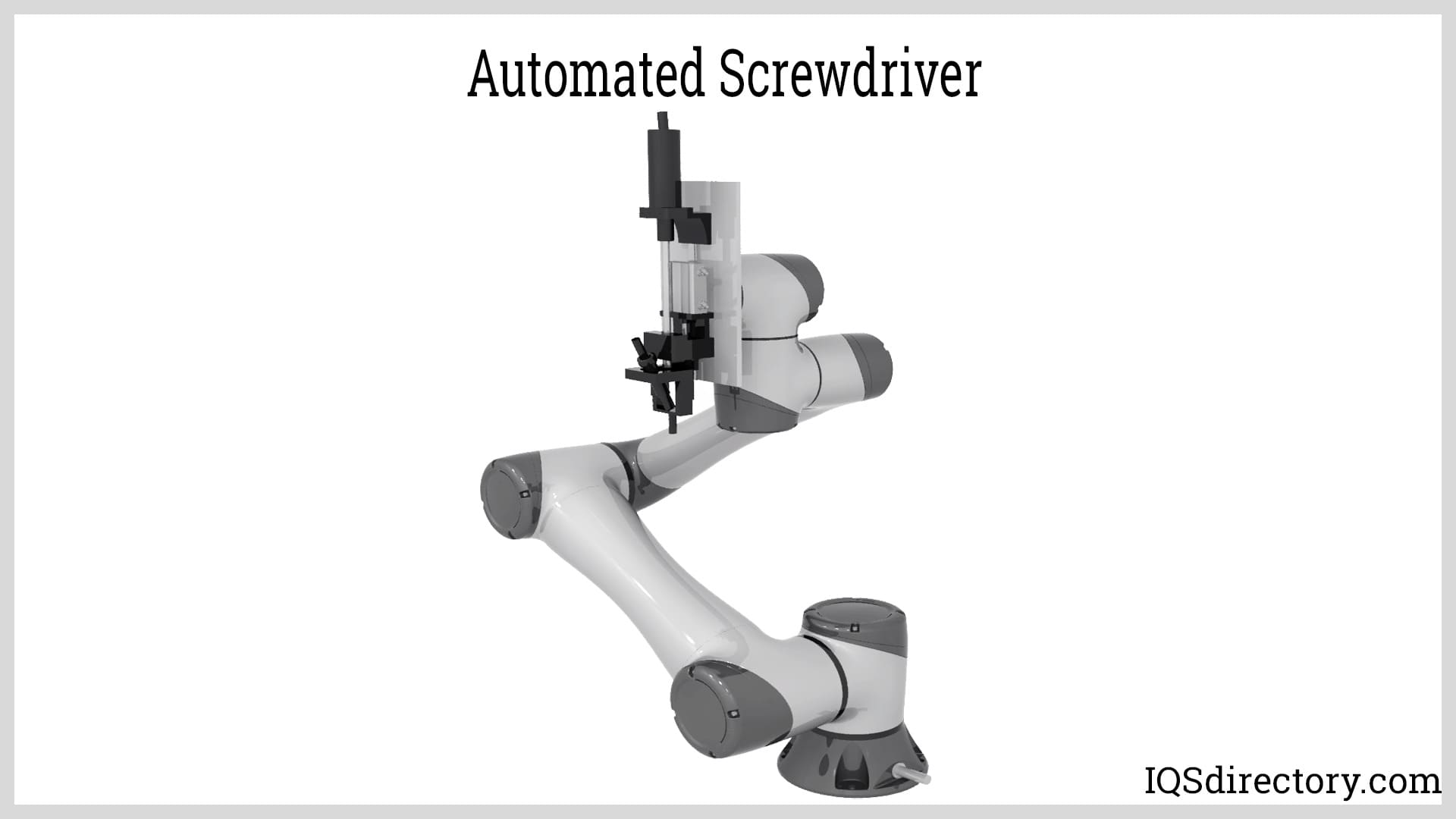
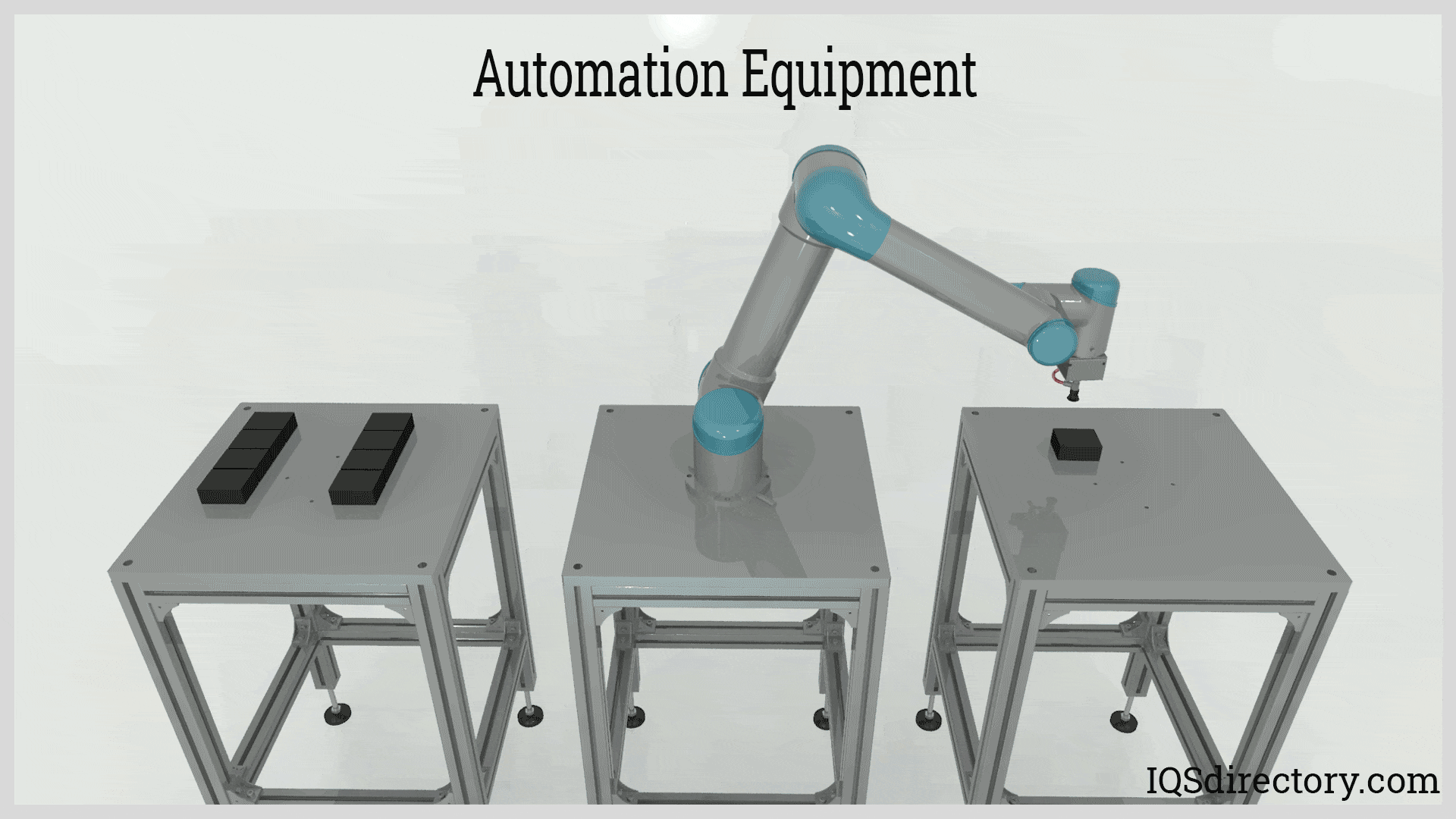


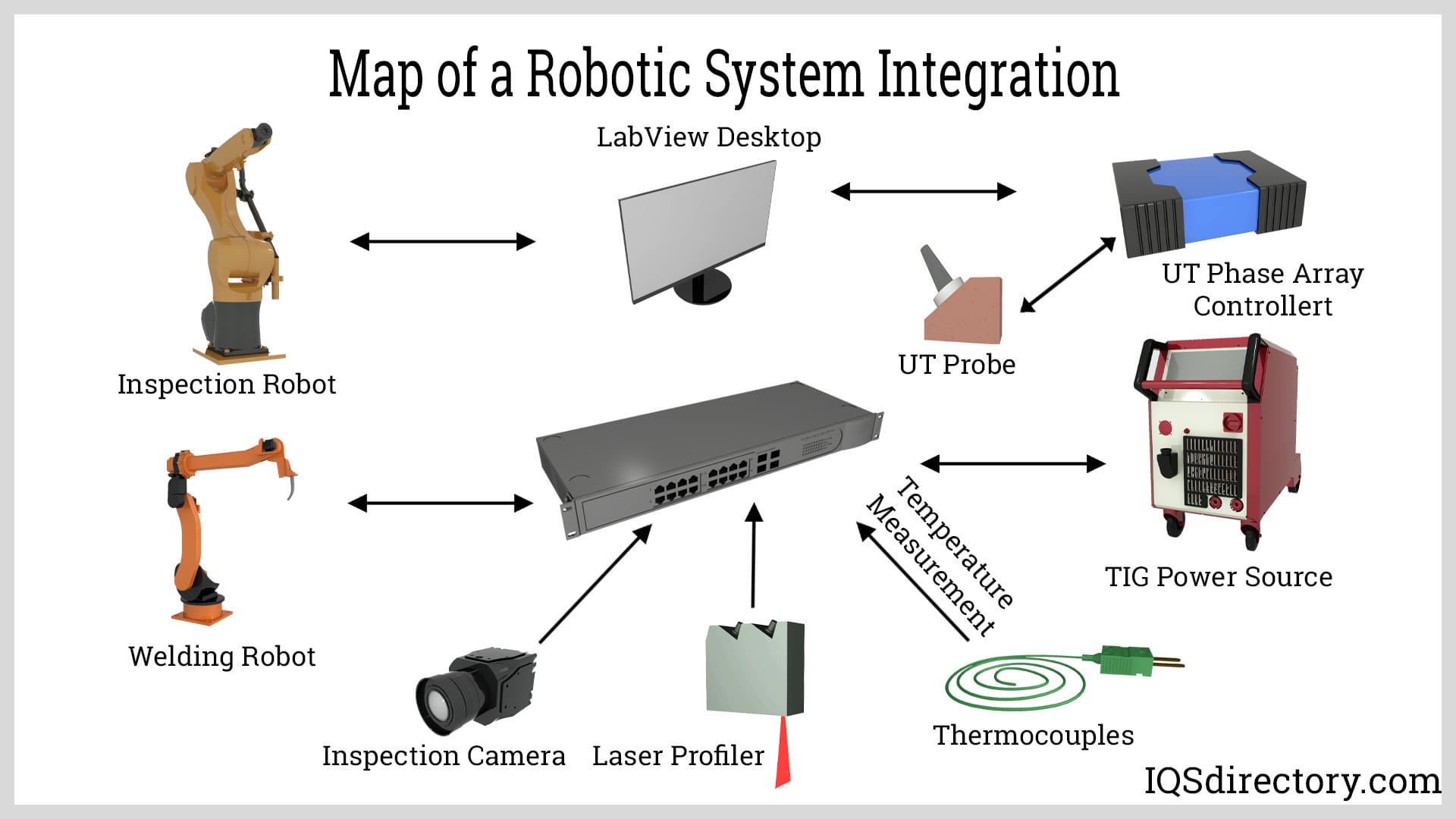
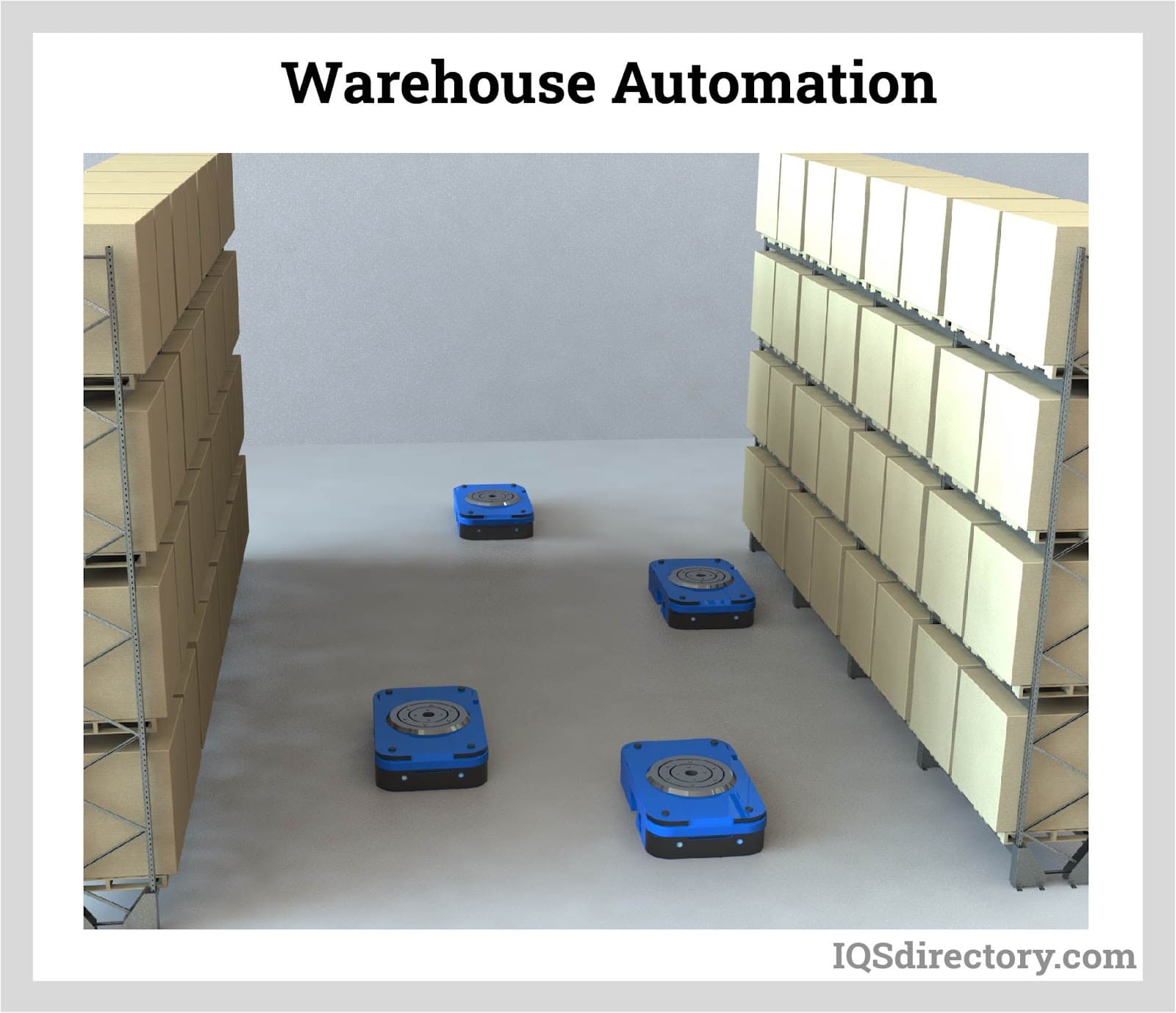
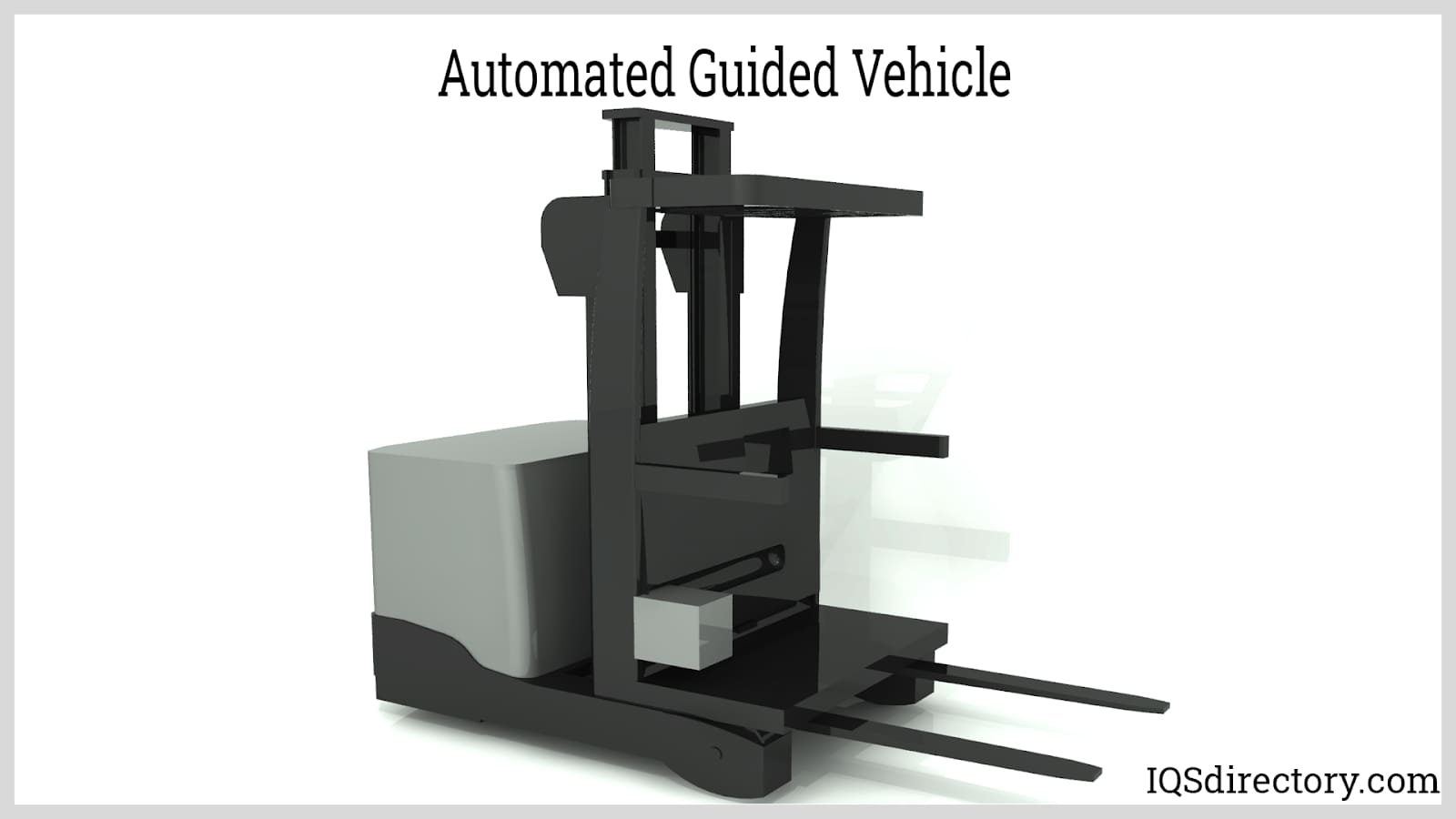

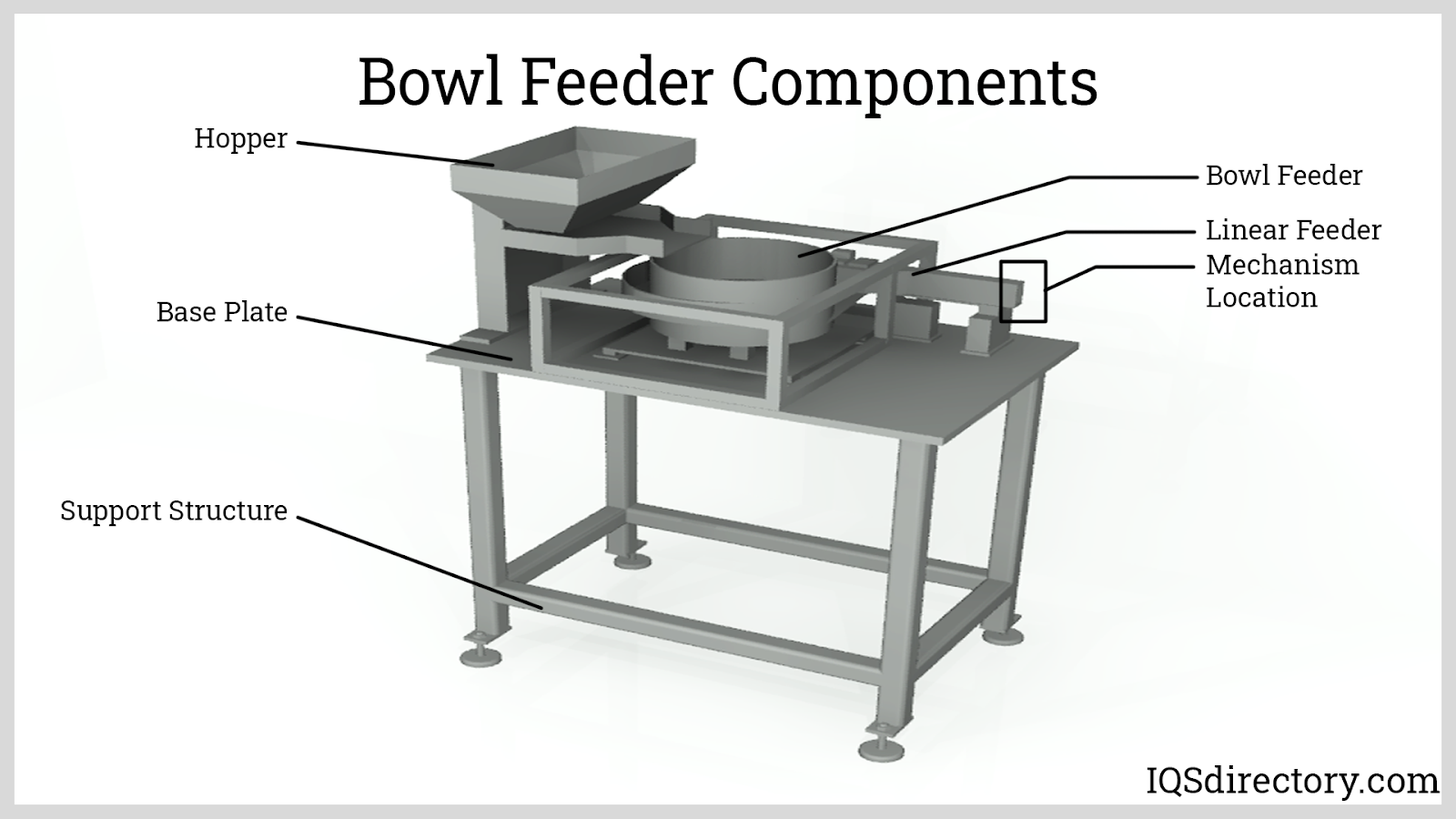
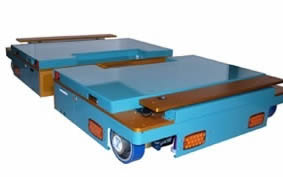 AGVs
AGVs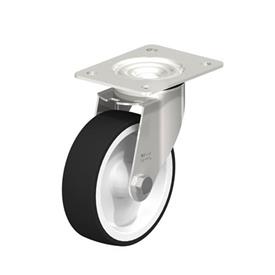 Casters
Casters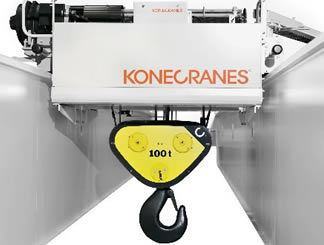 Cranes
Cranes Conveyors
Conveyors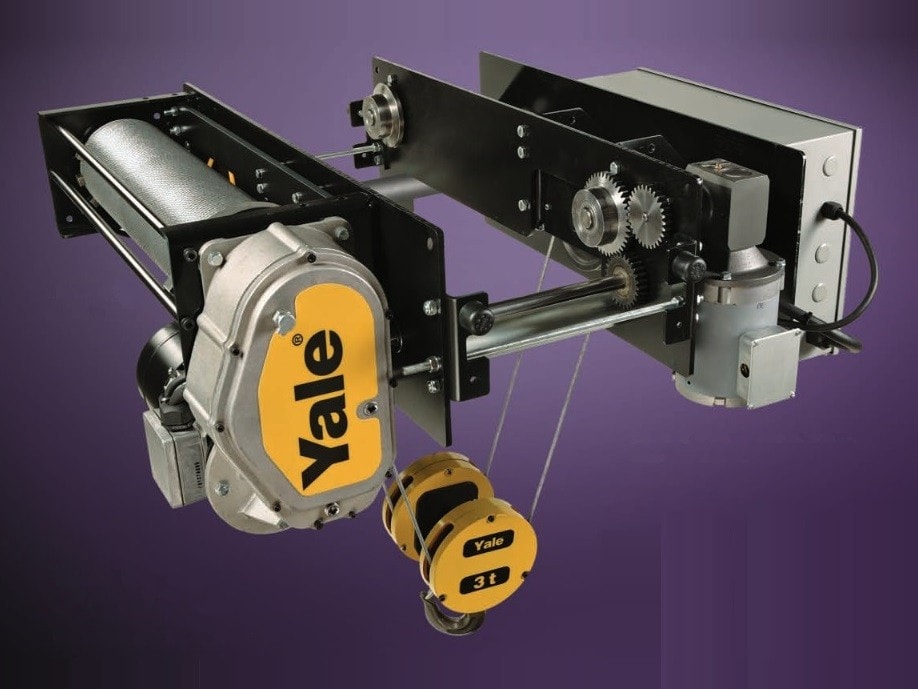 Electric Hoists
Electric Hoists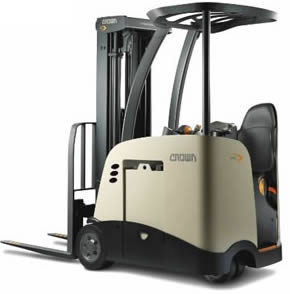 Forklifts
Forklifts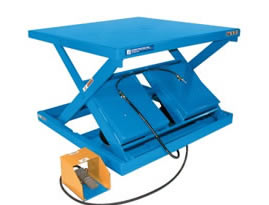 Hydraulic Lifts
Hydraulic Lifts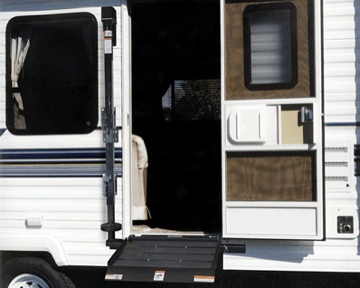 Platform Lifts
Platform Lifts Castings & Forgings
Castings & Forgings Bulk Material Handling
Bulk Material Handling Electrical & Electronic Components
Electrical & Electronic Components Flow Instrumentation
Flow Instrumentation Hardware
Hardware Material Handling Equipment
Material Handling Equipment Metal Cutting Services
Metal Cutting Services Metal Forming Services
Metal Forming Services Metal Suppliers
Metal Suppliers Motion Control Products
Motion Control Products Plant & Facility Equipment
Plant & Facility Equipment Plant & Facility Supplies
Plant & Facility Supplies Plastic Molding Processes
Plastic Molding Processes Pumps & Valves
Pumps & Valves Recycling Equipment
Recycling Equipment Rubber Products & Services
Rubber Products & Services